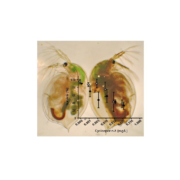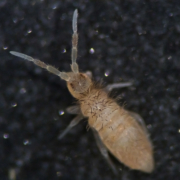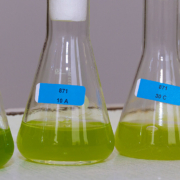Conference ‘New approaches for prioritisation and assessment of the risks of pharmaceuticals in the environment’
The two-day international conference ‘New approaches for prioritisation and assessment of the risks of pharmaceuticals in the environment’ will mark the end of the IMI-funded project ‘Intelligence-led assessment of pharmaceuticals in the environment’ (iPiE). The conference will take place on 24-25 June 2019 at the University of York (UK). It will provide an overview on […]

 Mark Woodward
Mark Woodward
 foto-kathrein.de
foto-kathrein.de D. Leib
D. Leib L. Schlüter-Vorberg
L. Schlüter-Vorberg
 SETAC
SETAC D. Leib
D. Leib D. Leib
D. Leib